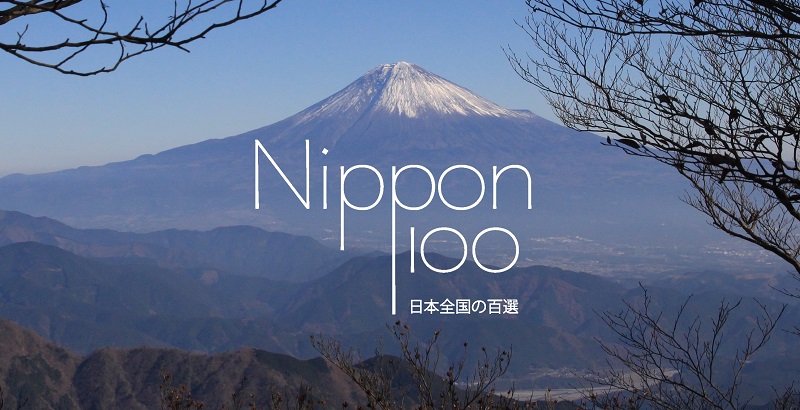In mountainous Nagano prefecture but really easy to reach from Tokyo, Iiyama city is worth the visit. September to November is the time to enjoy apple fruit-picking, in the welcoming NTA Farm, next to the shinkansen station. And in winter, the place is known for its kamakura, the Japanese igloos. On the Hokuriku Shinkansen line, Iiyama is a convenient stopover when reaching Kanazawa or Shirakawa-go.
2015 was the year when Iiyama station became a brand new shinkansen one, in the North of Nagano prefecture, following the Hokuriku Shinkansen extension to Kanazawa.
For us, the city was a yummy and snowy break before we reached the even more snowy thatched roofs of Gokayama, in Toyama area (we discovered Shirakawa-go ‘s ones in spring time).
But Iiyama has far more to offer that snow fields. The city is known throughout Japan to be one of the main producer of family Buddhist altars – which is an elaborate craftsmanship that we discovered in the many workshops of the city center. And the area is also known for… its apple!



Apple fruit-picking in Iiyama
Before visiting Iiyama and learning than Nagano is also one of the main apple producers of Japan, we only knew Yamanashi and northern Aomori’s apples (around Hirosaki). Thanks to the new station and the neighboring NTA Farm (seven minutes away walking), the city is one of the most convenient place to learn more on that subject when coming from Tokyo.
When we explored the orchards, they were under the snow. But, should you come in autumn, you would be able to experience fruit-picking. Since 2017, farmer Makoto Shiozaki has been welcoming travelers in his property, where several English-speaking guides are working during the season (in collaboration with the travel agency NTA). In 2018, the activity will be open from September the 25th to November the 16th.
Makoto Shiozaki told us that the seasonal event, for its first year, attracted many foreign tourists who were interested by the Fuji apples. It was a pity that we visited too early in the year and couldn’t try fruit-picking! (but we tried once in Yamaguchi prefecture while Wwoofing there – and it was fun.)



After a snowy tour of the orchards, we were able to taste some apples: they were delicious! The owner gave us a net with some fruits.
Before we left, we also had the time to meet Makoto’s father, which was busy taking care of a tree. The funny part was that he comes from Hirosaki, and even implied in several Fuji apple improvement committees (a fruit that was created in Japan in 1939). When he is not in the fields, the grand-father is a well known horticulture lecturer in China.


Iiyama winter festival
After we learnt more about apples at the farm, we went to the Snow Hut Village, which is another good reason to stop by Iiyama.
The huts were some kind of igloos which are named kamakura in Japanese – before that we knew them only in Tohoku. There are about 15 of them in the “Village”. A part from the top one, they are not used as shinto altars here, but instead it is possible to have lunch or dinner inside, which is a warm and fun experience (it’s better to book “a table” in advance which can be done contacting the local tourist office). The meal is a hotpot (nabe) which is prepared with local ingredients only.
In these kamakura, it is allowed to keep one’s shoes.







At the end of the day, before heading back to the station, we discovered a small temple covered by snow, which was on a hill. After that, we visited the Maryumi Takahashi Museum of Doll Art. This Japanese artist is creating incredibly detailed dioramas with dolls made out of fabrics, illustrating rural Japan.

How to get there?
NTA Orchards (the Shizoaki farm) are 7 minutes walking away from JR Iiyama station, which is less than 2 hours from Tokyo or 1h20 from Kanazawa, using the Hokuriku Shinkansen.
Fruit picking is available every year from mid-September to mid-November, from 10am to 4pm. 2018 opening dates are as follow : September the 25th until November the 16th.

